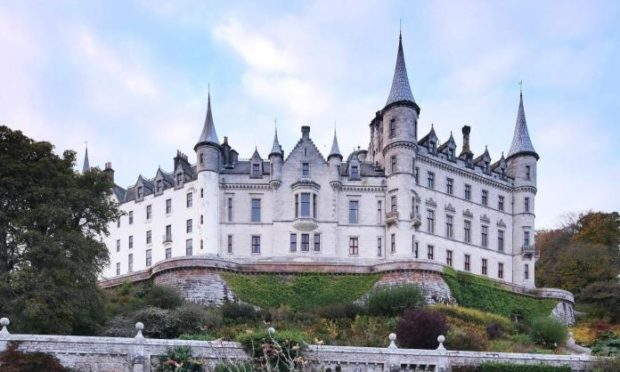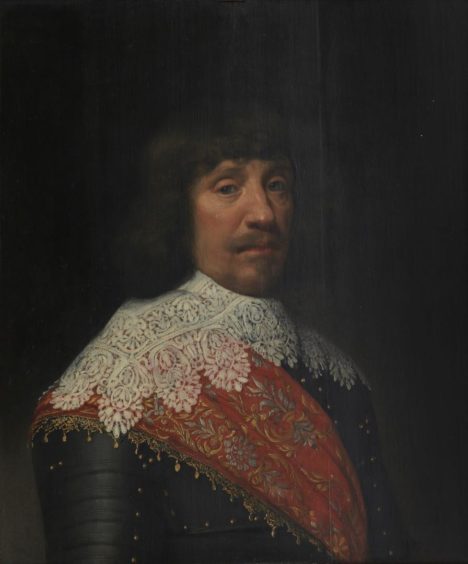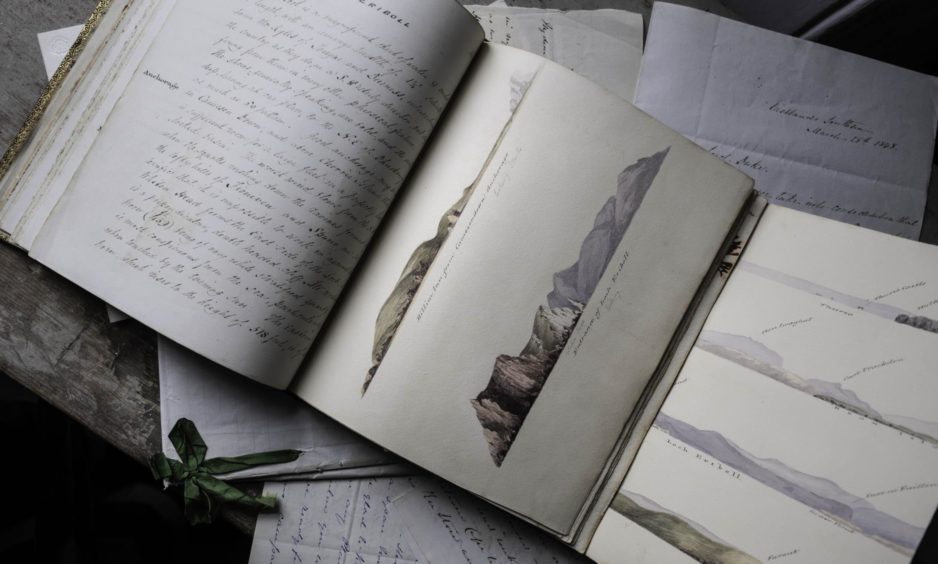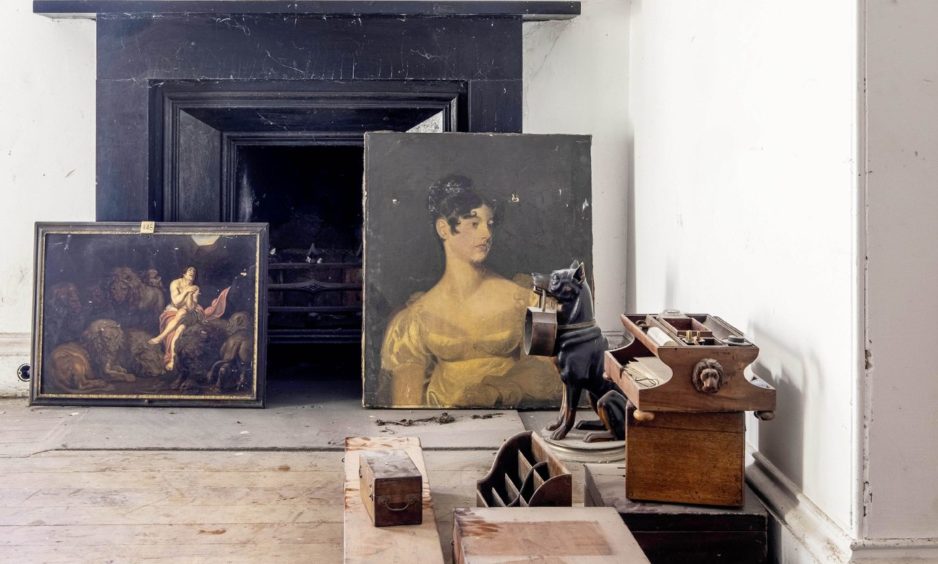An aristocrat’s treasure trove of heirlooms has been sold for more than £700,000 in a marathon auction that raised twice the pre-sale estimate.
The artefacts, including paintings and sculptures, historic pistols, kitchenware and cutlery, were discovered after lying undisturbed for decades in the attics and cellars of Dunrobin Castle, family seat of the 25th Earl of Sutherland.
The collection uncovered a new layer of Dunrobin’s history and was said to represent a “fascinating time capsule of domestic operations on a Downton Abbey scale” when announced in February.
The 416 lots were sold at Bonhams in Edinburgh and made £732,528 from international bidders after an 11-hour auction.
The 189-room castle is one of the largest and most celebrated Scottish ancestral houses. The property is open to the public but, being unable to display all its historic valuables, it was decided to “declutter” the attics and cellars, creating the Dunrobin Attic Sale.
Time capsule of a bygone age
Charlie Thomas, Bonhams director of house sales, said: “This treasure trove from the atmospheric attics and cellars of Dunrobin Castle is one of the most extraordinary sales I have ever worked on. These wonderfully diverse objects were held in a time-capsule that evoked a bygone age.”
Charles Graham-Campbell, Bonhams managing director, Scotland, added: “With such impeccable and romantic provenance, we had many hundreds of people bidding from all over the world, eager to acquire a piece of history from one of Scotland’s grandest and most historic castles.
As we hoped, it proved to be the sale of the season and we are delighted with the result. It shows Bonhams at its best.”
Rare and historic items
Among the highlights were:
A set of four carved oak armorial panels from The Queen Regent’s House, Edinburgh, three probably 16-17th century, the fourth 18th century. One panel shows the impaled arms of the King of Scotland, King James V, and Mary Guise, Duchess of Longville. Their daughter, Mary, Queen of Scots would have displayed the same arms. Sold for £17,750, nearly three times the highest estimate.
A rare pair of Scottish all-metal Flintlock belt pistols given by William Gordon, 18th Earl of Sutherland, to Captain James Sutherland in 1763. Capt Sutherland was a member of the Sutherland Fencibles, raised in 1759 solely for the defence of Britain from French invasion. Sold for £44,000, more than four times the highest estimate..
A portrait of a gentleman by Dutch artist Jan Anthonisz van Ravesteyn, went for £12,750, and a portrait attributed to Allan Ramsay of General James Grant of Ballindalloch raised £8,287.
An illustrated manuscript survey of the North coast of Scotland undertaken by Captain Henry Charles Otter in 1844, describing in detail the coast from Thurso to Cape Wrath, sold for £5,100.
Paintings, ice cream moulds and chamber pots
Other items included a collection of Victorian pewter ice cream moulds (sold for £1,020), a collection of twenty Copeland Spode chamber pots (£550), five Victorian blue gilt porcelain door finger plates (£2,805) and a collection of Victorian telegraph cables (£5,100).
In the castle’s Victorian wing, rooms that served as boys’ dormitories when the building was a public school in the 1960s had been used for extra storage. One housed paintings, including a portrait of Millicent, the Duchess of Sutherland’s pet dog in the 1890s, by British artist W.Cheesman.
The painting sold at the auction for £5,737.



